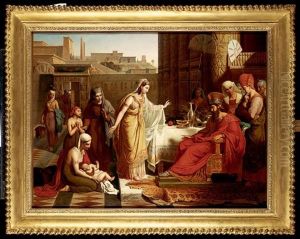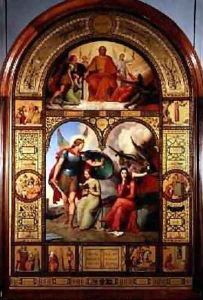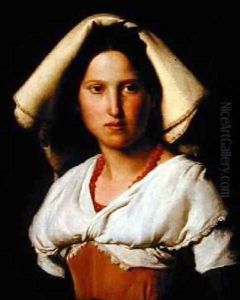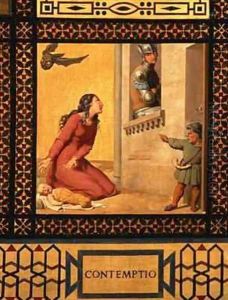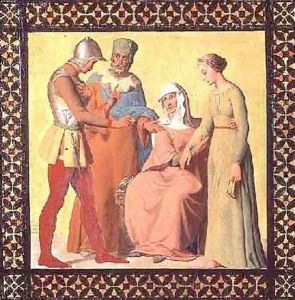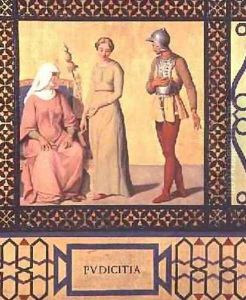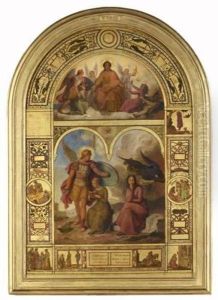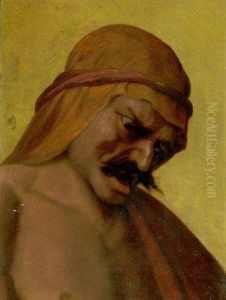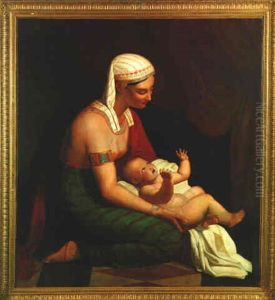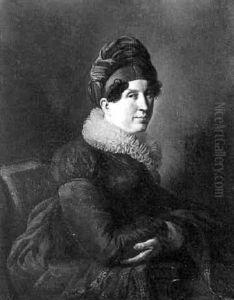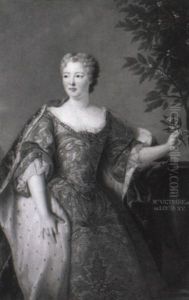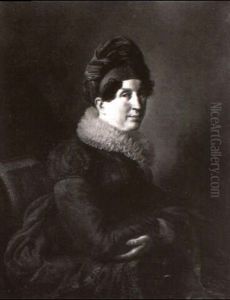Andre Jacques Victor Orsel Paintings
André Jacques Victor Orsel was a French painter born on July 23, 1795, in Oullins, a commune in the Metropolis of Lyon in the Auvergne-Rhône-Alpes region of eastern France. Orsel's artistic journey began under the guidance of Pierre Révoil, a notable figure in the Troubadour style, which sought to revive the chivalric and romantic narratives of the medieval past. This early influence imbued Orsel's work with a profound sense of historical narrative and a meticulous attention to detail, characteristics that would define his career.
Orsel's artistic vision was further shaped by his studies at the École des Beaux-Arts in Paris, one of the foremost art schools in France. His talent and dedication to his craft earned him the prestigious Prix de Rome in 1819, an award that offered young artists the opportunity to study in Rome at the expense of the French government. This experience was pivotal for Orsel, exposing him to the masterpieces of the Renaissance and the rich tapestry of Classical antiquity. The influence of these styles is evident in Orsel's work, which often explores religious and mythological themes with a profound depth of emotion and a meticulous attention to compositional detail.
Throughout his career, Orsel's work was marked by a commitment to religious themes, influenced by his deep Catholic faith. This is particularly evident in his contributions to the decoration of the Church of Notre-Dame de Lorette in Paris, where his murals reflect an intense spiritual devotion and a masterful command of religious iconography. His works are characterized by their luminous color palette, delicate handling of light, and a tender, almost mystical portrayal of religious subjects.
André Jacques Victor Orsel's contributions to French art were cut short by his untimely death on February 29, 1850, in Paris. Despite his relatively brief career, his work left a lasting impact on the religious and historical genres of French painting. Orsel's legacy is that of an artist deeply committed to exploring the spiritual and historical dimensions of human experience, whose works continue to inspire admiration for their beauty, emotional depth, and technical mastery.
